Want to Attract Pollinators While Adding Gorgeous Colors to Your Garden? Try Ornamental Onions
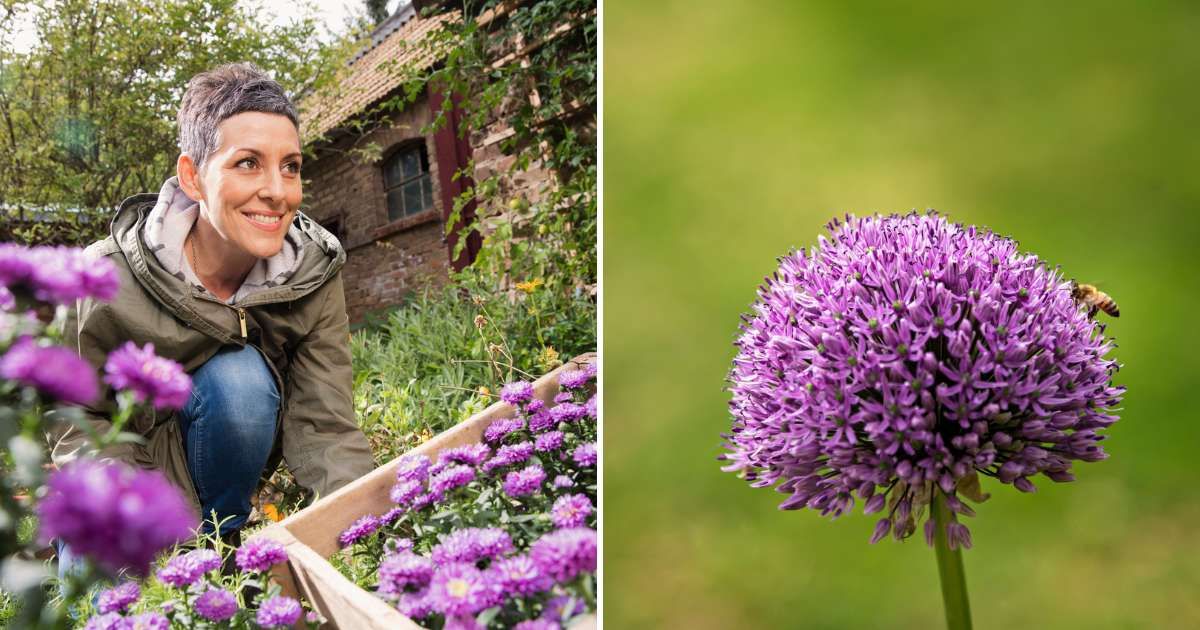
Pollinators are the saviours that provide pollen-transferring services across the planet. In exchange, they receive the reward of calorie-rich nectar and protein-rich pollen. On the other side, different flowers have different strategies with which they cajole and charm these pollinators so they will come and help them reproduce. One such cunning flower is Serendipity Ornamental Onion. The funky-looking flower doesn’t just have its nectar, but also its characteristic onion scent that makes its luring strategy far efficient than many other flowers of the kingdom, explains Chromatography Today.
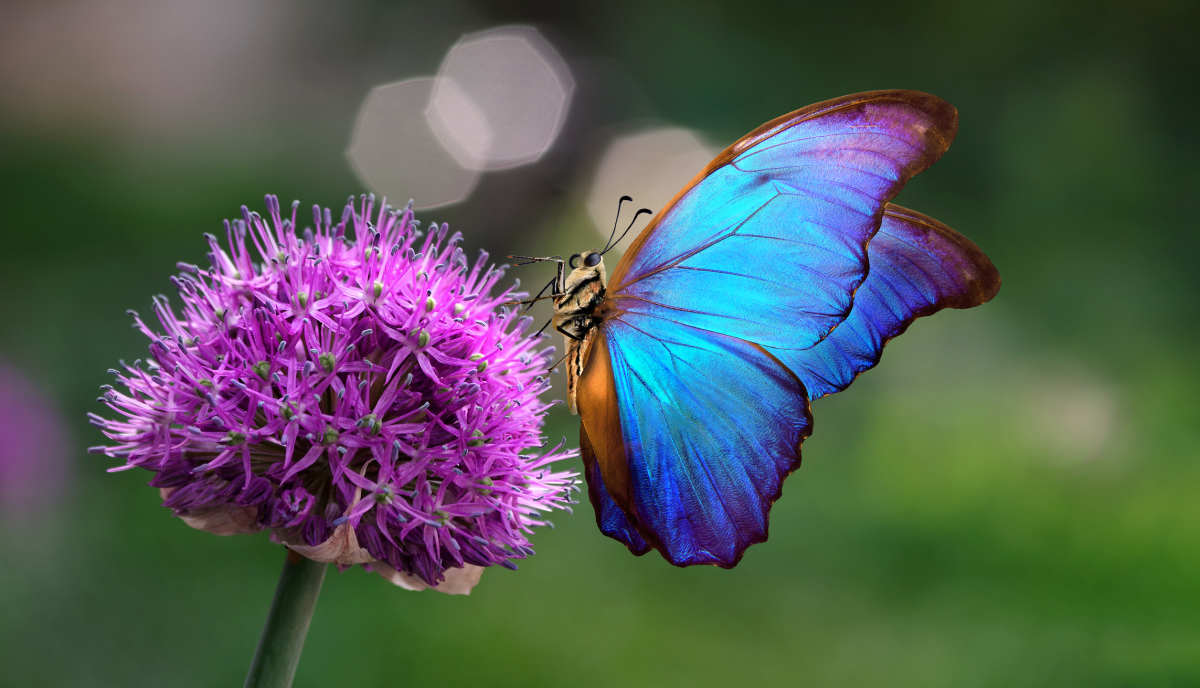
A pollinator magnet
With titillating fragrances, these flowers entice pollinators, like bees, butterflies, wasps, and hummingbirds, towards them. Once the pollinator gets seduced by the hypnotizing desire of calorie-rich nectar, the flower exploits its desire and lures it to rub against its reproductive parts. For pollinators, this is part of their business. They perch down on the flower’s petal cups, wheedled by the scent. Landing on the flower’s nectar chamber, they gulp down the delicious feast. While they do, the hairs on their bodies trap the flower’s pollen, thereby supporting them in reproductive success.
View this post on Instagram
This may make you wonder why these pollinators are attracted to Serendipity; the flower's scent isn’t that appealing. Well, in a study published in the journal Microchemical, scientists revealed that the whiffs of onion scent are diffused with the smell of “volatile compounds (VC).” The sensory system of pollinators’ bodies is designed in such a way that the smell of VCs gives them the message that there’s a rich source of nectar at this location. And hence, they feel an inadvertent pull towards the flowering source.
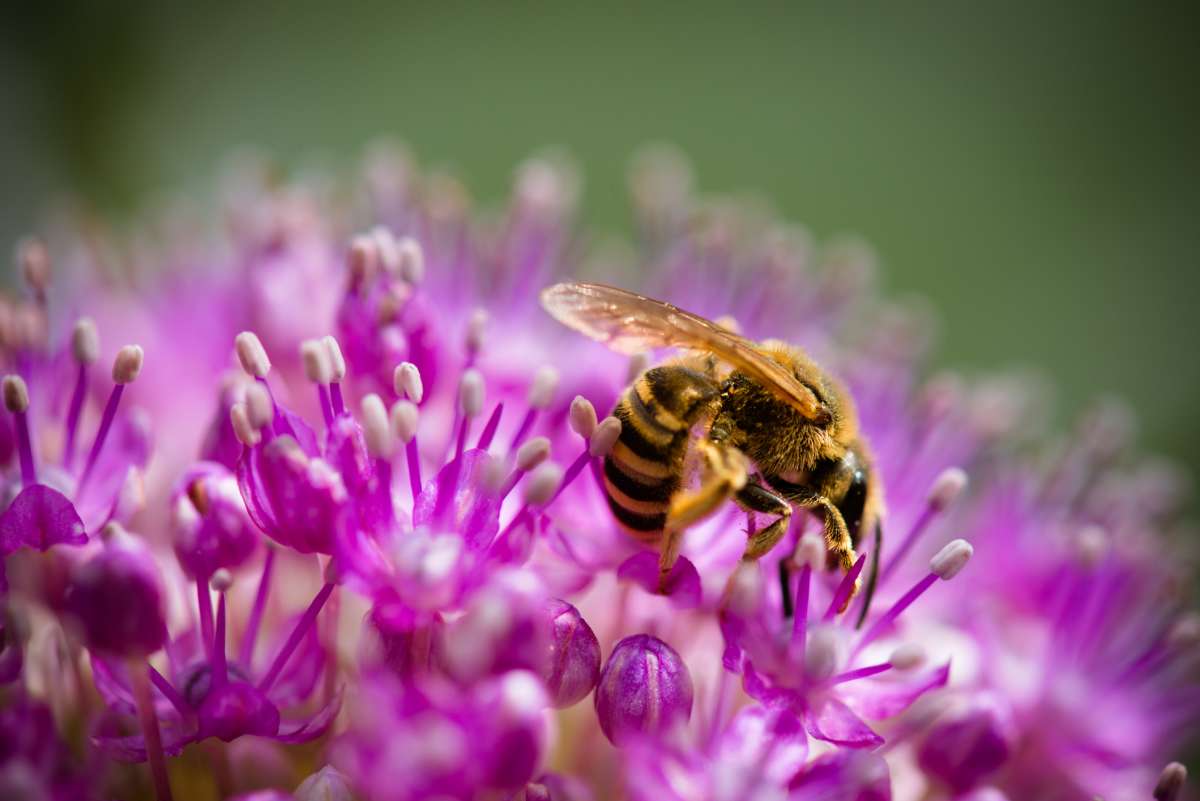
But despite that, it teems with nectar. Serendipity wouldn’t make it into the dinner list of Bambi, because the same scent that makes the pollinators go hypnotized makes deer and rabbits squirm and withdraw from it.
Ornamental clusters of purplish blooms
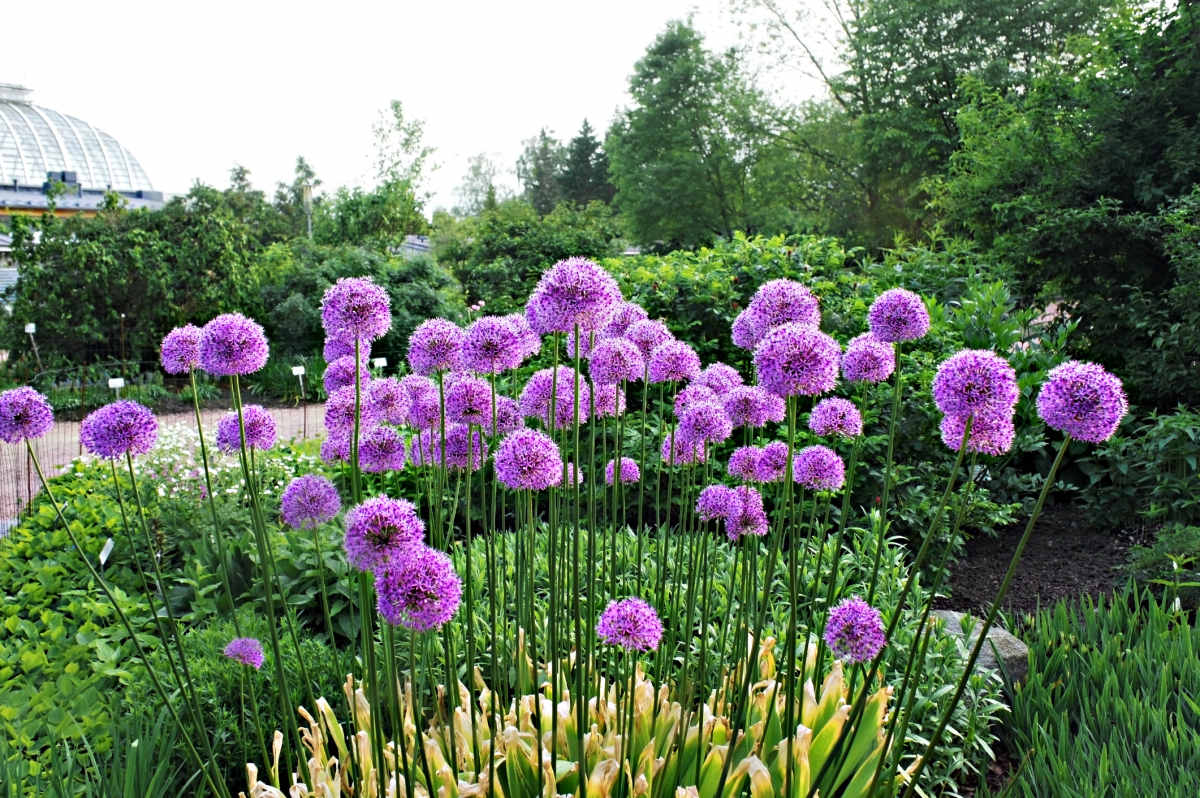
When Reddit user u/HeathcliffsHaiku was visiting a hotel garden, they observed that a cluster of these flowers was crowded by swarms of bumblebees. They asked the readers to guess the name of the plant and how it seemed to attract so many pollinators. “Guessing some sort of ornamental allium. Would like to figure it out so I can incorporate it into my home garden,” they wrote in the post title and shared a photograph of the ornamental bloom.
What is this pollinator friendly plant? This was found in a hotel garden and the bees were obsessed with it. Guessing some sort of ornamental allium. Would like to figure it out so I can incorporate into my home garden.
byu/HeathcliffsHaiku ingardening
The peppy blooms emerged from the floor in globe-shaped clusters of flowers that shone in the daylight like little pink puffballs and garden lollipops in lavender and rosy-purple, swaying on the tips of greenish stems ruffled with springy-spongy foliage. The unusual blue-green foliage looked straight out of Dr. Seuss' book and Disney fantasies. Something similar happened with Norman Winter of the Savannah Morning News. Winter randomly planted Serendipity in her garden as a trial.
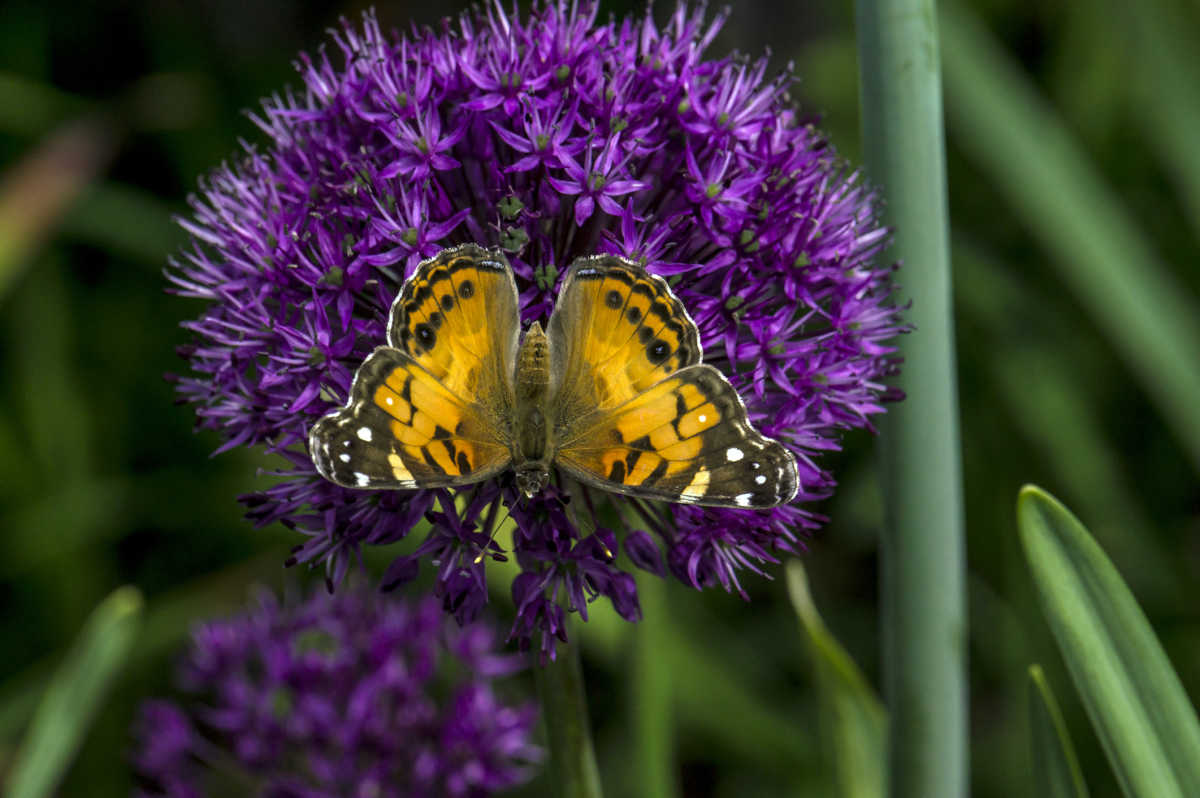
After a few days, Winter gave Serendipity many partners to share its space with, including Luminary Ultraviolet and Prismatic Pink phlox, Meant to Bee Royal Raspberry agastache, Truffula Pink gomphrena, and a colorful spray of chartreuse foliage courtesy of ColorBlaze Lime Time coleus. In the next two years, Serendipity burst forth into a growth that crossed all expectations of Winter. In the next two years, she spotted swarms of butterfly species never seen before in her garden. These included Gray Hairstreak, Red-banded Hairstreak, White M hairstreak, Juniper hairstreak, Gulf Fritillary, and so on.
View this post on Instagram
Arbor Valley Nursery classifies Serendipity as a perennial plant. When crushed, this foliage releases a subtle onion scent, not to make the handsome pollinating tycoons cry, but to attract them to itself so they could help them with reproduction. The summertime bloom is versatile and adapted to a wide range of light and water conditions. But the perfect combo they love to have is one part Sun and equal parts shade. Some people call these purple beauties “spring bobbleheads.”
More on Green Matters
Dozens of Gardeners Swear By This Wild Flower Plant That Makes Pollinators 'Go Absolutely Bonkers'
Gardeners Are Helping Out Hard-Working Bees and Butterflies by Creating 'Pollinator Gardens'
Gardener Goes to Capture Their Magnolia’s First Bloom — Finds a Bumblebee Having a ‘Pollen Party’